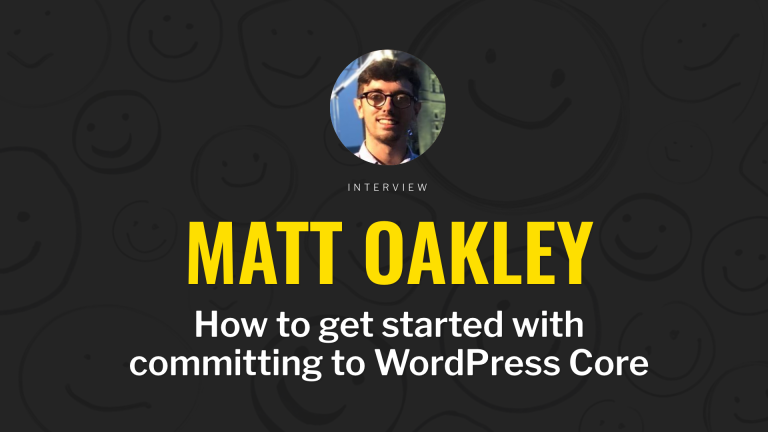How harmless TikTok drama benefits everyone

Everyone is talking about the University of Nottingham and its “world-first” micro-prospectus, including the University of Gloucestershire that pointed out (in what we think is the first-ever example of university beef) that it had already been doing something similar for the last three years. It’s risky, funny and very TikTok.










